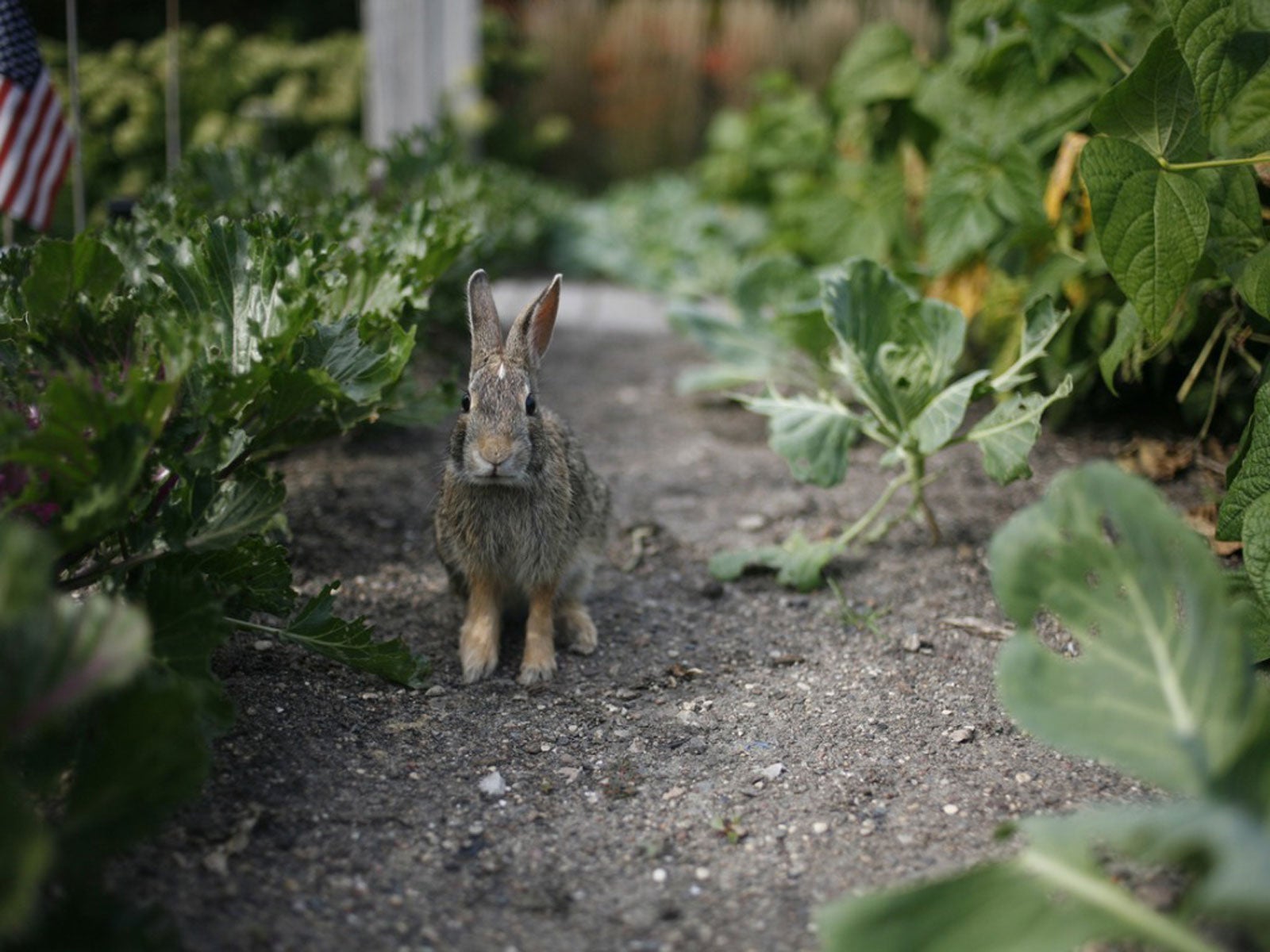Wildlife Friendly Vegetable Garden – Grow Vegetables In A Wildlife Garden


Some gardeners may get annoyed with squirrels digging up their bulbs, deer snacking on their roses, and rabbits sampling the lettuce, but others love to interact with and watch wildlife. For the latter group, there are ways to make a wildlife friendly vegetable garden. Developing such a plot allows unrestricted access to the joys of watching nature take place, while still providing your family food from the garden for your table.
Planting Vegetables in a Wildlife Garden
There is an old concept about taking some harvest for yourself but leaving at least half for the wildlife. Along those lines, you can create a wildlife garden and veggie plot. Your vegetable and wildlife garden can coexist, without sacrificing your harvest while providing for nature's fauna. Applying some simple rules can see both goals coexisting in a safe and productive manner.
If you are like me, you always plant more than your family can eat. Some may be given away to neighbors and the local food bank, a bit frozen and canned, but what about feeding your indigenous wildlife?
Sharing with the native animals can have benefits beyond providing them food. Many will provide natural pest control, while insects are the frontline on pollinating your plants. Integrating wildlife into your veggie garden doesn't have to be a damaging concept but can actually be a blessing.
Planning a wildlife friendly vegetable garden starts with natural and physical barriers, as well as carefully chosen plants.
Planning a Wildlife Garden and Veggie Plot
Planting wildflowers is a great way to integrate nature's animals into the garden. It also gives birds something to feast upon when seed heads arrive, diverting their attention from your veggies. Alternatively, you can invite the local fauna into the garden but give them something to snack on that isn't your crops.
Companion plants can be key to keeping animals like deer and rabbits from raiding your vegetables. Parsley is a great way to feed the wild bunnies, while heavily scented herbs like lavender will keep deer from browsing a certain crop.
Sign up for the Gardening Know How newsletter today and receive a free copy of our e-book "How to Grow Delicious Tomatoes".
Use native plants wherever possible to encourage a diverse range of native animals and establish a natural site that can nourish and encourage the wildlife garden and veggie plot, while preserving your crops.
Establishing Vegetables in a Wildlife Garden
It is crucial when inviting wildlife into the garden to avoid chemical herbicides, pesticides, and fertilizers. These can damage the health of natural organisms. Use organic methods where possible to protect the natural balance of nature and prevent harm.
Provide habitat for the beneficial organisms. Mason bee or bat houses, logs, inverted pots for toads, bird baths, and other water sources allow plants to flower to invite pollinators.
These other methods of encouraging creatures to come lets them play and assist in the garden. A vegetable and wildlife garden gets a boost from the attention of a host of creatures if you have plenty of food, housing, and water. Avoid animals that can cause havoc, start with natural and manmade barriers, overplanting, and organic deterrents.

Bonnie Grant is a professional landscaper with a Certification in Urban Gardening. She has been gardening and writing for 15 years. A former professional chef, she has a passion for edible landscaping.